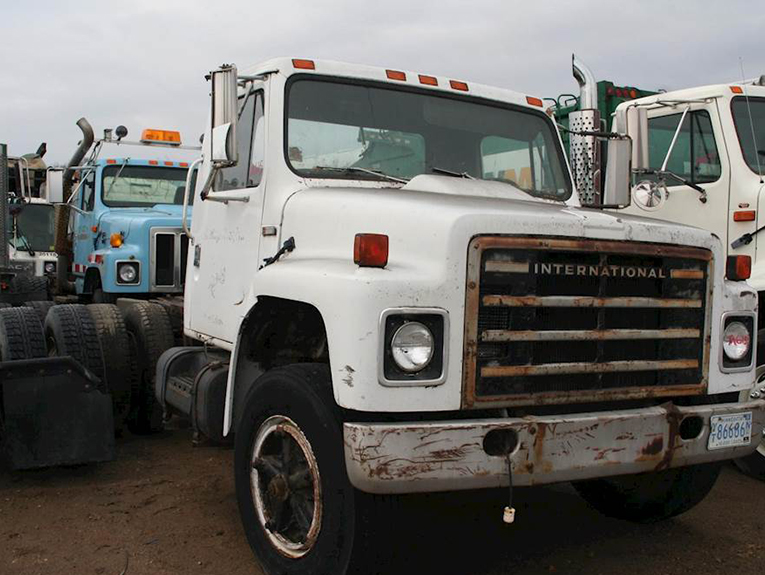
A Look Back at 1890-1910s Semi Trucks
How the Trucking Industry Began
Prior to 1900, the large majority of freight transported over land was carried by trains along railroads. As you can guess, trains were highly efficient at moving large amounts of freight, however, they could only deliver that freight to centralized urban centers. The products were then further distributed by horse-drawn transport.
The First Trucks
The first motorized truck was a pickup designed and built by Gottlieb Daimler in 1896. This engineering marvel operated in two forward speeds and one reverse, and it was all powered by a belt-driven four horsepower engine.
Henry Ford built his first truck, the third vehicle he built, in 1900. Ford built the first framework for a pickup, the Model-T One-Ton truck chassis, in 1917. Some of the earliest commercial uses of the first Ford pickups were ice cream trucks, depot hacks, and converted snowmobiles.
Trucks Were Advertising Space
The very limited amount of trucks that existed during this time were mostly novelties. People appreciated them more for their advertising space than for their ability and utility. The use of range-limited electric engines, lack of paved rural roads, and small load capacities limited trucks to mostly short-haul urban routes.
Trucking Improvements
In 1910, the development of a number of technologies gave rise to our modern trucking industry. The advent of the gasoline-powered internal combustion engines, improved transmissions, the move to gear drives, and the development of the tractor/semi-trailer combination rapidly improved shipping by truck and it began to gain popularity.
Trucking Limitations
In 1913, states introduced weight limits for trucks; however, only four states limited truck weights. These laws were created to protect the earth and gravel-surfaced roads from damage caused by the iron and solid rubber wheels. Mechanical improvements didn’t improve shipping efficiency because they were fighting solid tires, rural roads, and a maximum speed of 15 miles per hour.



